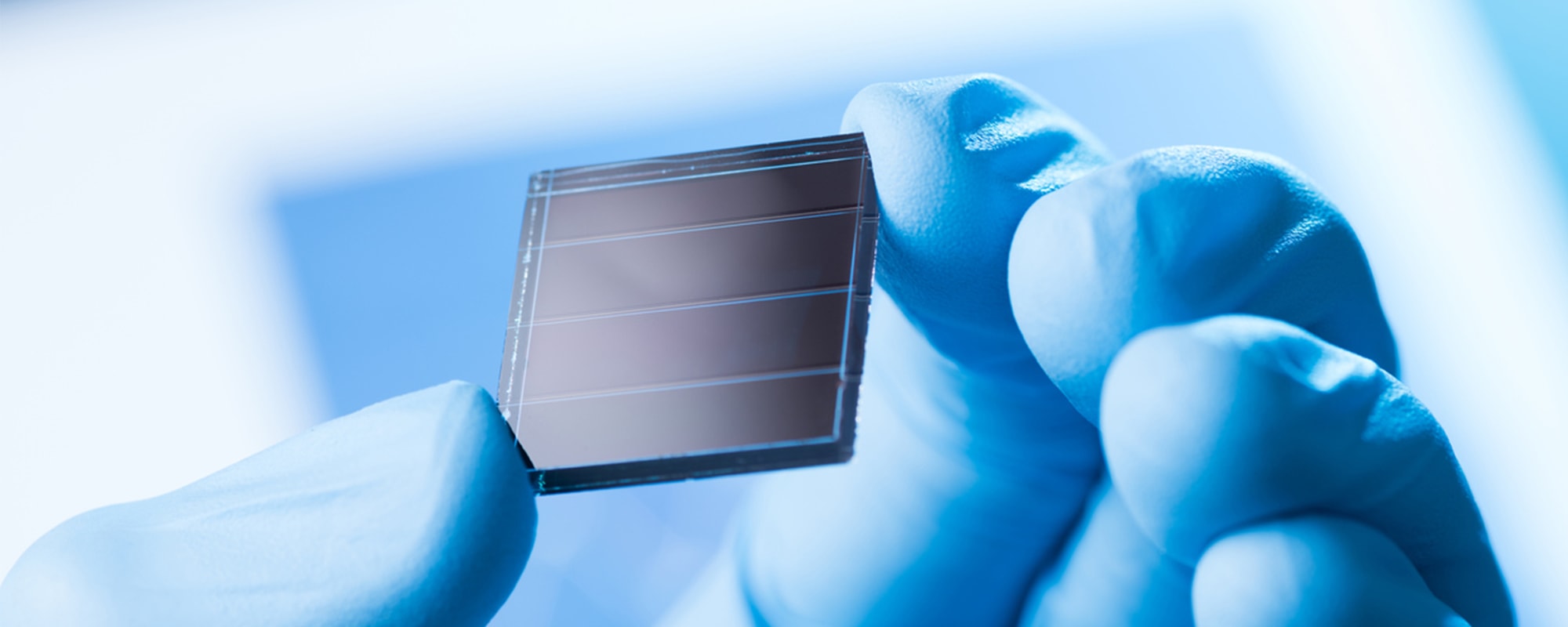- Published 21 Nov 2025
- Last Modified 21 Nov 2025
- 5 min
How to Make Single-use Devices More Sustainable
Examples of single-use devices include everything from single-use phone chargers to drug delivery pens. This guide explores practical strategies for making sustainable single-use devices.

Examples of single-use devices in the electronics world include disposable games, drug delivery pens, and medical sensors. There are also numerous promotional gadgets, such as light-up wristbands or greeting cards that play audio. The disposable nature and limited usage of these types of items mean they’re not sustainable.
For example, single-use phone chargers generate e-waste, while many single-use devices are made from plastic, contributing to the growing mountain of plastic pollution.
The batteries used in these products may be difficult to recycle because they are embedded in the device. Despite being small, the multitude of single-use devices created means that many precious resources are wasted, such as rare earth metals.
Below, we explore practical strategies for making sustainable single-use electrical devices that are environmentally friendly by carefully planning materials, design, packaging, and disposal.
Alternative Material Options for Sustainable Single-Use Devices
One key approach to creating sustainable single-use electrical devices is to explore the use of alternative materials. Casings have the potential to be made using natural fibres, such as hemp or bamboo.
1. Hemp
It’s possible to make eco-friendly phones using hemp bioplastics for the structure of the device. Using a hemp-based substrate for medical sensors could enable them to be composted as well, as hemp breaks down naturally in the environment.
Hemp fibres could also be used to create electronic components, such as electrodes for energy storage, if they’re processed into sheets.
2. Bamboo
Bamboo is another natural, sustainable material with the potential to replace plastic in casings or medical patches. Electrical devices could also be made more sustainable by using cellulose-based circuits printed with conductive inks.
The Potential of Energy Harvesting
Another promising area for creating sustainable single-use electrical devices is energy harvesting. This involves capturing energy in the environment and using it to power electronic devices.
A solar cell is an example of energy harvesting, though energy can also be captured from heat, motion or vibration, or even biological fluids such as sweat or blood. An example of this type of application is in medical sensors, such as wearable heart monitors that run on body heat or fluids.
Energy harvesting has the potential to remove the need to manufacture and install batteries for single-use devices, avoiding the use of resources such as lithium.

Biodegradable Component Integration
There are numerous ways of integrating biodegradable components into single-use devices. Biodegradable plastics, including polymers based on starch, are renewable and can be used as housing for electronics in single-use device designs.
Starch polymers have the potential to replace plastic film and substrates, too. Other types of biodegradable plastic include polylactic acid (PLA) polymers and polyhydroxyalkanoate plastics.
There are also biodegradable metals available for electronics design. These include zinc, magnesium, and iron alloys that corrode into harmless by-products when used in medical devices.
In the case of medical devices such as stents, sutures, and implants, these materials are classed as biocompatible and can be managed by human physiological processes. For example, magnesium is already carefully regulated by the body. Paper and cellulose can also be employed to create biodegradable structures.
Integrating biodegradable components requires considering alternative materials and using as little metal and plastic as possible. When it comes to design, the alternative materials must be durable enough to withstand the lifetime of the device and be easy to break down or recycle. If used in medical applications, alternative materials must also meet strict standards for safety and quality.
It’s also important to ensure the design only biodegrades at the end of its life, and if there are non-biodegradable elements in the design, it’s vital that these can be easily separated from biodegradable components. This helps avoid contaminating the biodegradable part of the device at the end of its life, such as with our Better World range.
Minimal Packaging Design
Single-use devices can also be made more sustainable by minimising the amount of packaging they use.
The outer packaging could be made from paper, bamboo, or recycled cardboard, and biodegradable film could be used. Manuals can be read via a QR code, rather than being physically printed and included in the box.
Within the packaging, separate or redundant inserts should be avoided where possible. Material should be removed wherever possible, without compromising the structure.
Another strategy for minimal packaging design is to use a rigid part of the product as packaging.
In any case, it’s important to test the packaging thoroughly to ensure it protects the device. Finally, all coatings, inks, and adhesives should be compostable or recyclable.

Recycling Programme Development
If you’re developing a recycling programme for single-use electrical devices, you need to consider the following:
- Reducing environmental impact. The aim should be that as little of the device as possible ends up in landfill, while maximising recyclability. Any valuable materials, such as metals, circuitry, or chips, should be reclaimed
- Setting clear targets. Create firm targets for recovering material and diverting waste from the landfill
- Collecting materials efficiently. You can offer customers options for returning single-use devices. For example, creating drop-off points at local stores for when the product comes to the end of its life. Or, a post-back scheme, so consumers can send the product back to the manufacturer. The collection of materials needs to be considered when developing a recycling programme
- Sorting, separation, and processing. Consider how to separate waste streams. Plastics and electronic components need to be separated, either by machinery or manually. Batteries should go to a dedicated recycler, while biodegradable materials can be composted. Metals, such as copper, aluminium, and precious metals, should be recovered and recycled
- Meeting relevant standards. There are directives governing the disposal of electronic waste in force in the EU (WEEE) and the UK (the UK WEEE Regulations). Battery recycling is covered by the UK Battery Regulations. There are also standards for compostability, and the international standard ISO 14001 for environmental management
- Customer communication. Consumers must understand they can recycle their single-use devices. That means including straightforward instructions on how to do so. It also helps if the manufacturer emphasises the environmental benefits of recycling
End-of-Life Planning
Planning for the end-of-life of a single-use electrical device involves a number of stages. The design should ensure it is straightforward to separate components, such as batteries, from the device.
A manufacturer should have a detailed understanding of all the components in the device, including whether they are biodegradable or recyclable. There should also be pathways set up to deal with them when the device is no longer of use.
For example, for compostable components, this might involve an anaerobic digestion pathway, while batteries should always be recycled in dedicated battery waste recycling streams.
End-of-life planning actually starts when the device is designed. Engineers should consider how the device will be disposed of during the design phase. It's worth planning with sustainable manufacturing in mind, considering the maximum recovery of materials and recyclability possible.

